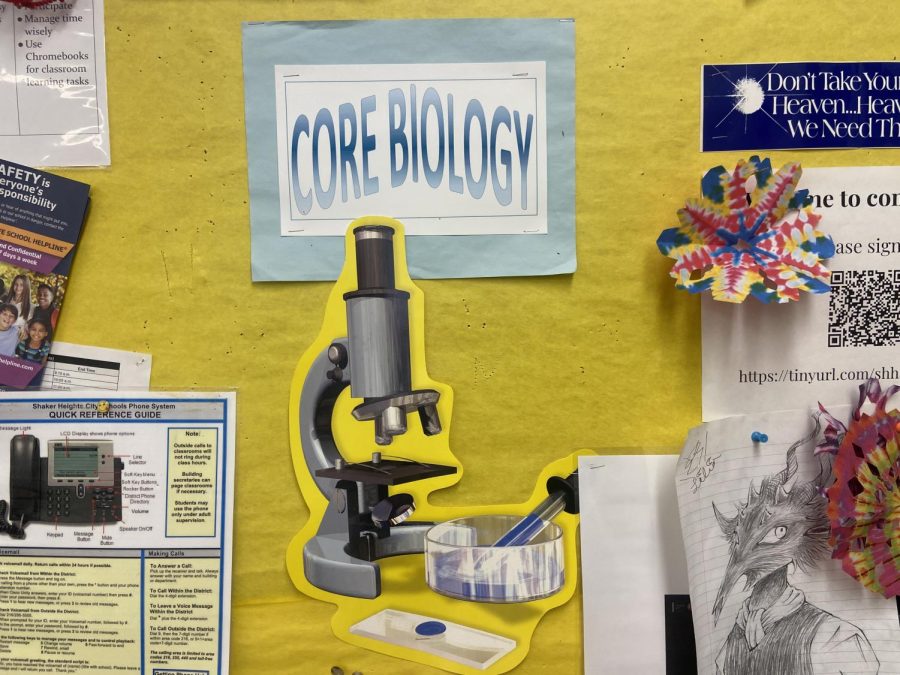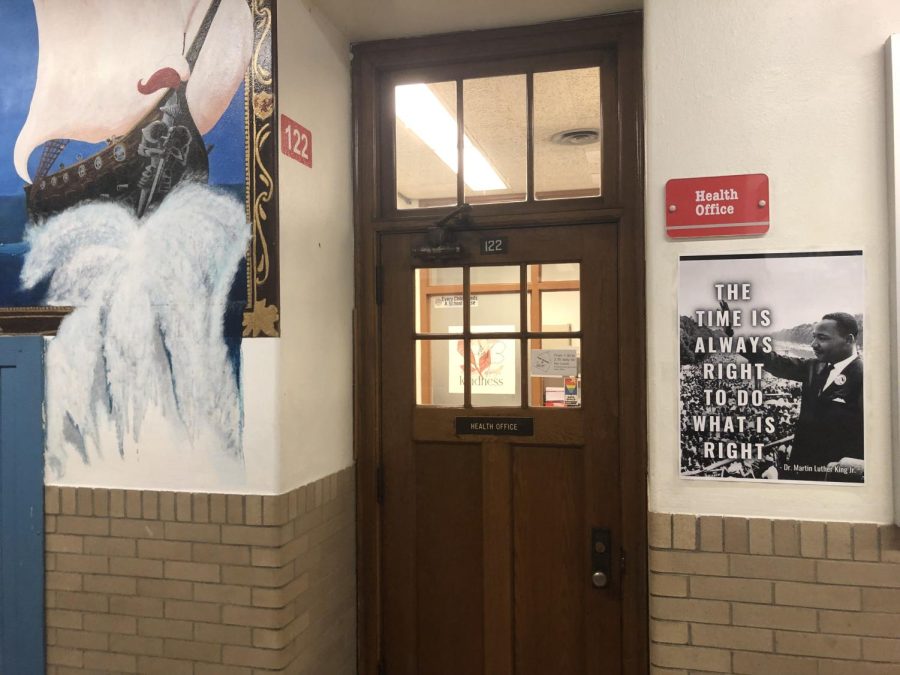News of the killing of 17- year-old Trayvon Martin spread across the nation, causing many to call for changes to gun control laws, the arrest of George Zimmerman and, ultimately, “justice for Trayvon.”
Zimmerman shot and killed Martin Feb. 26. Martin was walking home from a nearby convenience store in Sanford, Florida. He was on his way to his father’s girlfriend’s house, where they were staying, with his hood up, $22 in his wallet, a bottle of iced tea and a bag of candy.
Zimmerman, a member of the neighborhood watch, became suspicious of Martin and followed him in his car. What happened after this point has yet to be determined. Florida police released a recorded phone call from Zimmerman in which he told the police dispatcher that Martin “looks like he’s up to no good, or he’s on drugs or something.” Zimmerman followed Martin despite the dispatcher’s instructions not to. The two allegedly engaged in a physical altercation that ended with Zimmerman firing a shot into Martin’s chest, followed by Martin saying “You got me.”
Police did not arrest Zimmerman that night. Florida’s now infamous Stand Your Ground law was cited as the reason. Zimmerman asserts that Martin attacked him and that he justifiably shot him in self defense. A federal investigation was eventually initiated, the Sanford police chief resigned, and Zimmerman was eventually charged with second-degree murder April 11. He turned himself in shortly after.
The incident resonates among Shaker students.
Senior Anna Suresh said, “I was shocked and surprised at how a seemingly innocent teenager was shot and killed on the sole basis of his race and the suspicions of Zimmerman involving the stereotypes of an African-American teenage boy.”
Zimmerman had a license to carry a concealed weapon. In the two months before killing Martin, Zimmerman called the Sanford police 46 times during his duties on neighborhood watch. The police have been heavily criticized for failing to treat Zimmerman as a suspect after the shooting
Junior Anthony Spencer expressed confidence in the Shaker police.
“This could happen in Shaker,” Spencer said, “but the police would handle it better.”
Although the Shaker city website lists neighborhood association presidents, no formal neighborhood watch groups operate in the city. Sophomore Drew Puskar said residents should notify police of suspicious situations and leave it at that. “People shouldn’t take matters into their own hands,” he said.
Senior Emily Hirsch said she recognizes the role for a neighborhood watch but that people should not rely on them. “Houses have been broken into [in my neighborhood],” she said. “There’s a reason for them if police aren’t responding, but also people should lock their doors and have security systems.”
Protests, such as the Million Hoodie March held in Manhattan’s Union Square March 21, have focused on racial concerns. People claim that had the roles been reversed, Martin would have been arrested immediately because of his race. Others, such as Fox News personality Geraldo Rivera, charge that minority youth who wear hooded sweatshirts are fulfilling a criminal stereotype. Rivera said African-American and Latino parents should not let their sons wear hoodies.
Martin was wearing a hoodie when he was killed, and the clothing quickly became a symbol of support for Martin and his family. LeBron James also tweeted a picture of the Miami Heat basketball team wearing hooded sweatshirts and bowing their heads in support of Martin.
Junior Tia Morrison said, “It’s a little shocking just because things like this go unnoticed every day, but I guess it goes to show what the power of protest can do in this country.”
Some say that Martin having his hood up made him look suspicious, which prompted Zimmerman to follow him.
“I thought this was another example of stupidity and racism in America,” said Puskar. “It’s people doing stupid things just because they don’t think. They’re not assessing the situation or looking at all the facts, but judging the situation based on emotions.”
“There can always be an incident like this anywhere throughout the nation as long as racial prejudices remain in the society,” Suresh said. “However, I believe people in Shaker are more aware and open-minded about race as an existing issue in society.”
Contrarily, senior Jiawei He emphasized the differences between Shaker and Sanford, Florida. “We’re not a gated community and we are a lot more diverse, so I doubt someone would overreact like that when they see an African-American person in a hoodie,” he said. “[This incident] is not racial. It’s more reflective of socioeconomic class difference between gated communities and the outside world.”
He continued to say, “It’s just another violent crime in America. It’s not different from the other violent crimes that happen every day.”
However, Sanford’s racial breakdown is about as diverse as Shaker’s: Sanford is roughly 62 percent Caucasian, 26 percent African American, and 14 percent Latino. Zimmerman classifies himself as Latino. Shaker is roughly 55 percent Caucasian, 37 percent African American, and 1.5 percent Latino. Furthermore, although the gated community mentality is still a factor, this particular community is middle class, with a mean income of about $62,200 (comparatively, the mean income in Shaker is $126,100).
Junior Teja Kasturi said that race was a significant factor in the attention paid to Martin’s death. “I think that this has garnered a lot of attention simply because of the whole issue of race,” he said. “Homicides occur on an almost daily basis in this country, yet none in the past few months have gained so much attention.”
This highlights the importance of media attention in directing public opinion. “Media [can be used] to bring people to justice, but it also seems kind of dangerous because there could be a huge media frenzy,” Hirsch said.
If convicted, Zimmerman could be sentenced to life in prison. Prior to the charge, Zimmerman’s lawyers announced that they no longer represent him, claiming that he frequently ignored their legal advice and that they lost contact with him. Zimmerman plans to plead not guilty to the charge.
A version of this article appeared in print on 25 April 2012, on pages 8 and 9 of The Shakerite.





